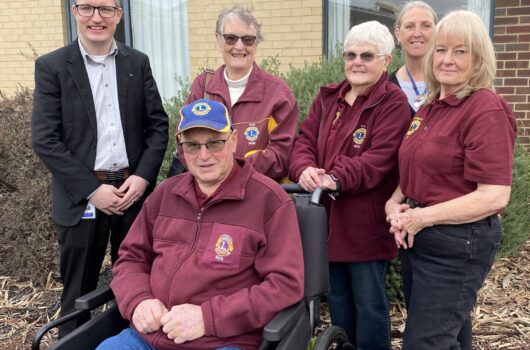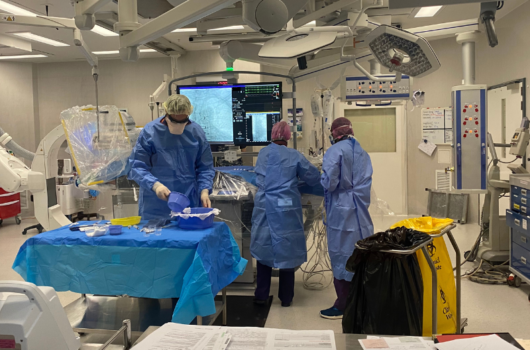Research into preventing falls in hospitals

A Federation University and Latrobe Regional Health joint PhD candidate is undertaking research in the hope to prevent patients from falling in hospitals.
Federation University nursing lecturer and research fellow Elissa Dabkowski has been investigating certain groups of patient’s awareness about their risk of falling in hospital.
Through her research, Elissa has found a difference between patient’s clinical risk of falling, compared with patients’ own perceived risk of falling while in hospital.
She also found an interesting link between anti-coagulant medication use, in which patients were more likely to fear falling compared to those not on the medication.
“Most falls studies look at people over 60 years of age, because as we know, age is a risk factor to falling,” Elissa said.
“But we are finding that younger people are falling in hospital as they are more likely to engage in risk-taking behaviours.”
Elissa is studying with the help of a scholarship from LRH and Federation University, using her background as a physiotherapist and a former LRH emergency department nurse.
She devised a mixed methodology study, collecting data from 77 patients aged over 40, from three regional Victorian hospitals.
Each patient was mobile before admission and could participate in the study if they had a certain level of cognitive awareness.
“The ability to empirically measure and classify a person’s falls risk awareness compared to their clinician is very useful when it comes to devising fall prevention strategies,” she said.
Elissa said falls in hospitals were a “huge issue” worldwide, but understanding a person’s awareness around their risk could help to improve falls prevention education.
“We sifted through mountains of existing literature on the subject and found that approximately 70 to 83 per cent of hospital falls occur in the patient’s bedroom and are unwitnessed,” she said.
“This indicated that perhaps the falls rate has something to do with patients’ behaviour. Hospitals enforce falls prevention interventions, yet patients are still falling.”
These findings sparked Elissa to start researching patients’ perceptions of their own risk of falling in hospital.
Elissa said these findings could have “global impact” however further studies were needed to draw more conclusions.
“The idea is for a health professional to work in partnership with a patient to identify any falls risk disparities and to develop an individualised falls prevention plan” she said.
“Many participants said they felt safe in a hospital as there were nurses and call buttons nearby, but it is still a high-risk environment for falling.
“It comes down to the falls education provided to the patients.”






